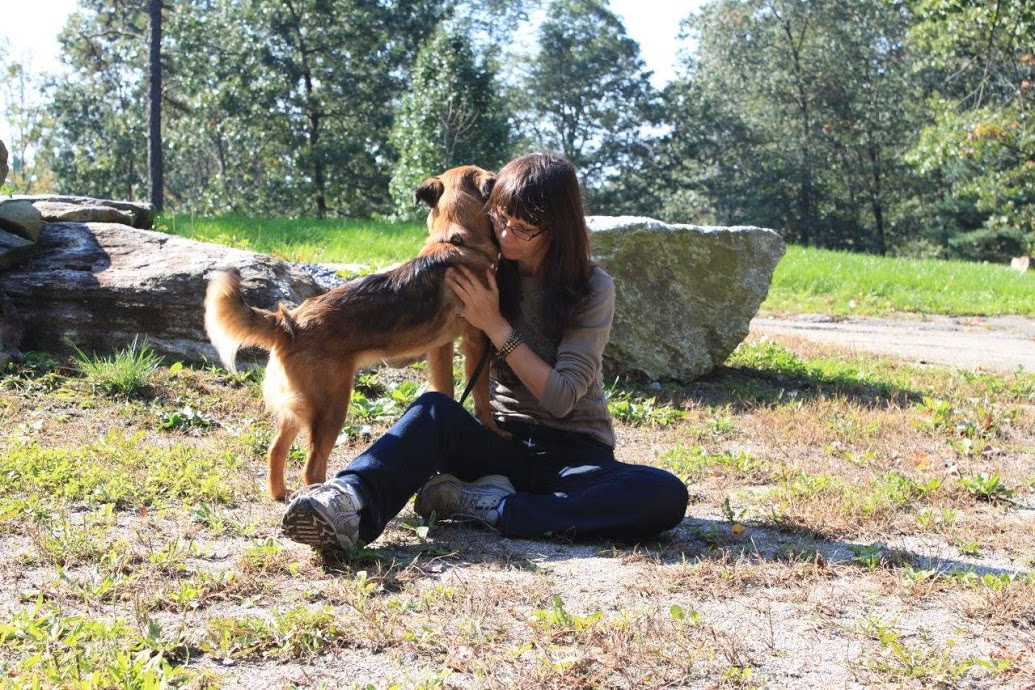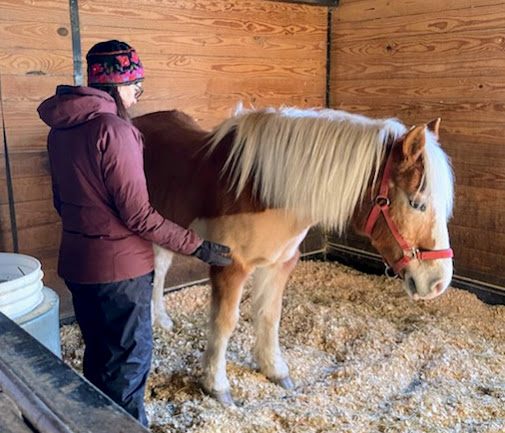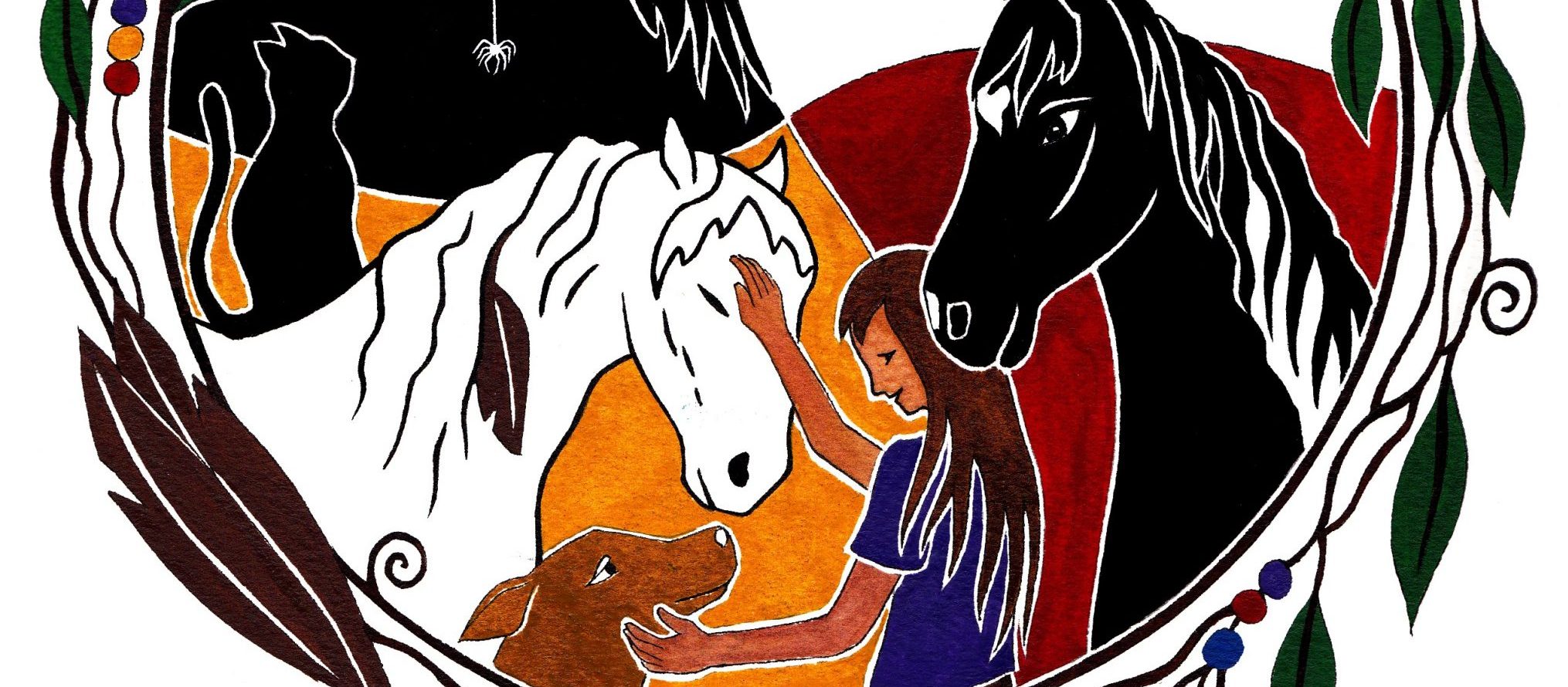
When I began my practice of Reiki over 20 years ago, Reiki was not as widely known as it is today. Even though it is now recognized as a complementary healing therapy in hospitals, and hospice and cancer centers, the question still arises: “What is Reiki”? Reiki is not a tangible thing. You can’t touch it, see it, smell it. It’s no wonder that many believe that Reiki is woo woo. Once you experience or practice Reiki, you will realize there is no woo woo to it.
The word Reiki has two meanings. It is a Japanese term made up of two Japanese words, rei, meaning spiritual, luminous, and sacred; and ki, meaning life force energy or energy of the universe. Reiki can be defined as the spiritual energy of the universe that animates and sustains all life.
Reiki is also a healing method that is a two-fold practice. It is a spiritual practice that develops our spiritual growth and helps us to move toward inner peace; to let go of judgments, criticism, anger, worries and attachments, allowing our hearts and mind to open and expand so that we can experience more happiness, peace, and compassion for ourselves and others. Reiki is also a therapeutic practice that utilizes the Reiki energy and supports and benefits the mind, the physical body, the spirit, and the emotions.
There are many benefits that Reiki can offer its recipients to support their well-being. Reiki is known to bring on a meditative state and induce relaxation and calming of the mind and body. It is in this state of relaxation that our bodies are more naturally able to heal. Reiki is gentle and non-invasive and can reduce stress, anxiety, depression, fatigue, and relieve pain. As the universal energy flows through the body, it helps to clear any blockages, bringing balance to the whole body.
In a Reiki session, practitioners do not direct or manipulate the Reiki energy. The Reiki practitioner acts as a conduit between the client and the Reiki energy. The energy flows through the practitioner’s body and hands to the client. The Reiki practitioner remains open in the heart and mind, with no judgments or expectations, allowing the client to draw on and take whatever they need for self-healing.
As Reiki Master Victoria Bodner, LMT, stated to the Cleveland Health Clinic, “The patient determines the energy flow from the practitioner’s hands by taking only what they need,” Bodner says. “This helps the patient know that we are supporting them only in what they need rather than what we think they need. This makes it the perfect balance to meet the patient’s needs.”
Reiki has been in use for over a century. Usui Mikao (1865-1926), the founder of Reiki, had an experience of enlightenment and healing ability during a 21 day fast and meditation on Mt. Kurama in Kyoto, Japan in the early 20th century. As he wanted to share this gift with others, in Tokyo he taught Reiki and healed people, and moved to Nakano, outside of Tokyo in 1925, where he continued with healing treatments and teachings. Hayashi Chujiro (1879-1940), one of the 21 teacher students of Usui Mikao, established a Reiki clinic in 1925 in Tokyo. He focused more on the physical healing nature of Reiki, instead of the original spiritual aspects of Usui’s practice.
This Japanese complementary therapy was brought to the West in 1937, thanks to the efforts of Hawayo Takata, a Japanese-American born in Hawaii and a student of Hayashi Chujiro. Today, Reiki has been widely accepted among the medical community as a beneficial alternative therapy with a wide variety of uses in both the human and animal population.
Reiki should never be used instead of Western medicine. However, it is an excellent complementary therapy that can be used in conjunction with traditional medications and therapies. Hospitals across the world have started to utilize Reiki with their patients. For example, doctors have started to turn to Reiki for help with pain management, instead of choosing to use possibly addictive drugs with significant side effects.
Caretakers in hospice settings have turned to Reiki in order to bring comfort to patients in their final days. For example, cancer patients can take great comfort in the relaxing and stress-relieving benefits of Reiki, as well as its ability to aid pain management strategies.
Reiki can also support those suffering with emotional or mental health challenges. Whether you’re tormented with a big decision, are burnt out from stress, feeling overwhelmed or anxious, or just in need of relaxation, Reiki can bring comfort and ease to your well-being.
And Reiki isn’t just for humans. Reiki is beneficial for animals of all shapes and sizes, from four-legged friends like dogs and cats to larger animals like horses and donkeys, our winged, finned, and slithery friends, insects, and wild animals. The Reiki energy flows through us all, human and animal alike.
In a Reiki session for humans, the client, fully clothed, lies down or sits in a comfortable and supported position and remains still for the session. The Reiki practitioner moves around the client, placing their hands on or off the body in various positions. The client takes whatever they need from the Reiki energy.
Animal Reiki sessions look much different. I practice the Let Animals Lead® method of animal Reiki created by Kathleen Prasad. With this approach, the animals are in charge of their session. I sit or stand quietly in meditation creating and holding a space of love, compassion, gratitude and healing, with no judgments, expectations, or worries. The animal client moves about as they wish. They have the choice to say “yes” or “no” to the healing energy. It is their choice whether or not they want hands-on or hands-off Reiki, whether or not they want to be right next to me or a distance away. As a Reiki practitioner, I am there to honor their decision whatever it may be.

As a SARA (Shelter Animal Reiki Association) practitioner, I have found the Let Animals Lead® approach to be beneficial in my work with all animals. It is especially effective with animals who have been rescued as many times they tend to be fearful, anxious, and apprehensive of humans. All animals can benefit from Reiki whether big, small, winged, finned, slithery, furry, wild or domestic!
In both human and animal Reiki sessions, both the practitioner and client experience a deep sense of peace and calm. The spiritual growth of the practitioner increases their Reiki energy level in supporting others in their healing process.
As a Reiki practitioner, I’m devoted to offering the gift of Reiki energy to my clients’ animal companions, as well as teaching Reiki to others so that they can support the well-being and health of the animals in their circle of life. If you’d like to learn how to offer Reiki to the animals in your life, check out my upcoming classes here. Or, if you’d like to schedule an appointment for a beloved animal companion, click here to contact me.
